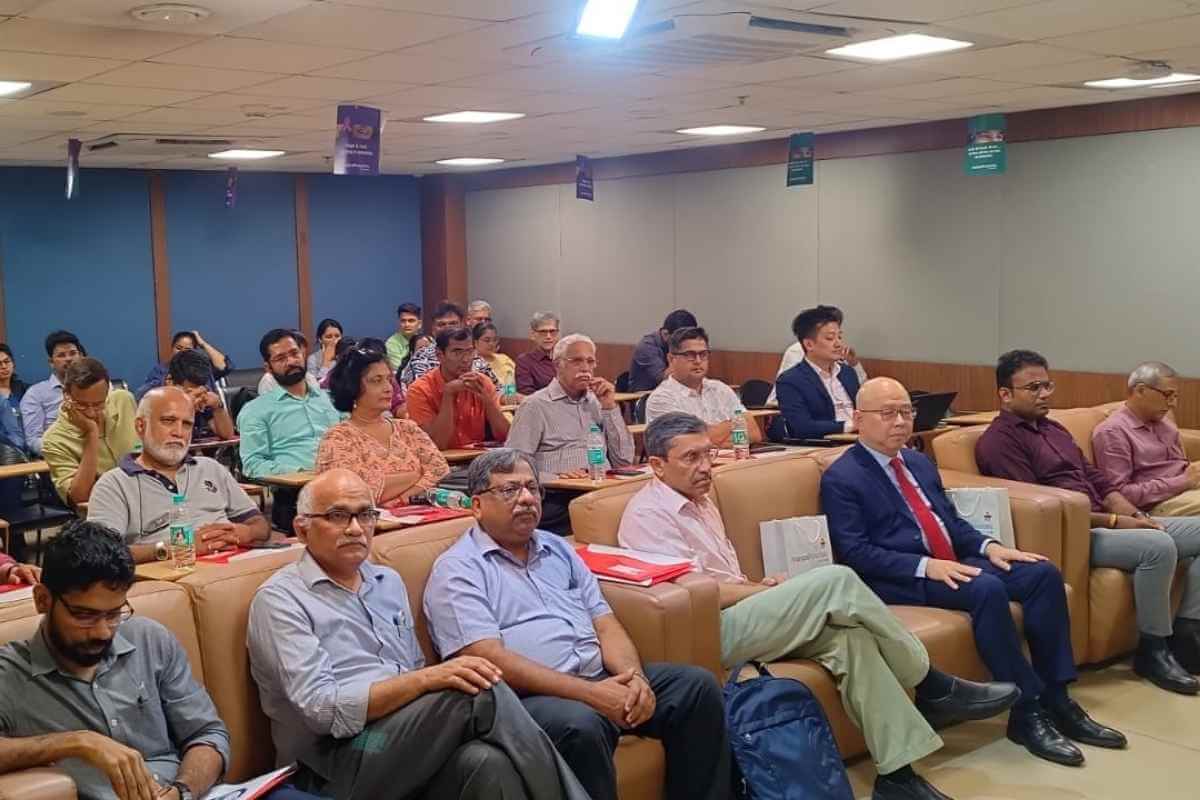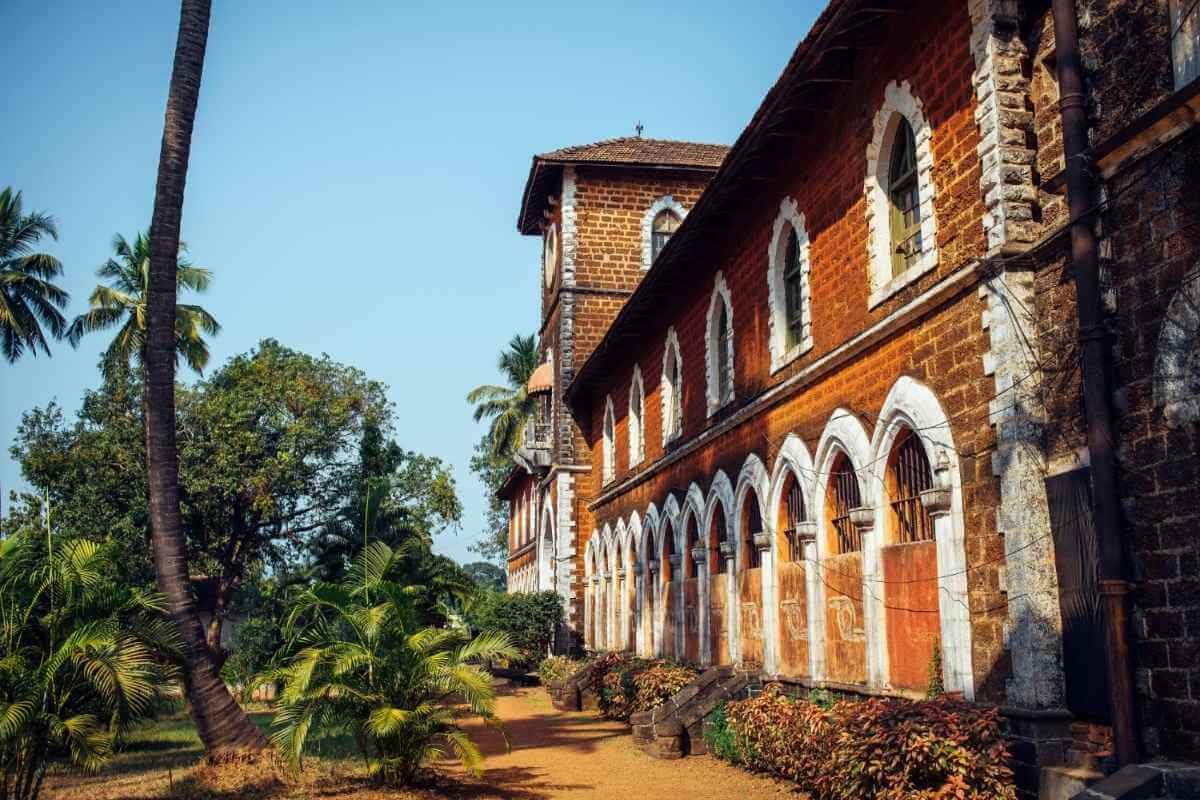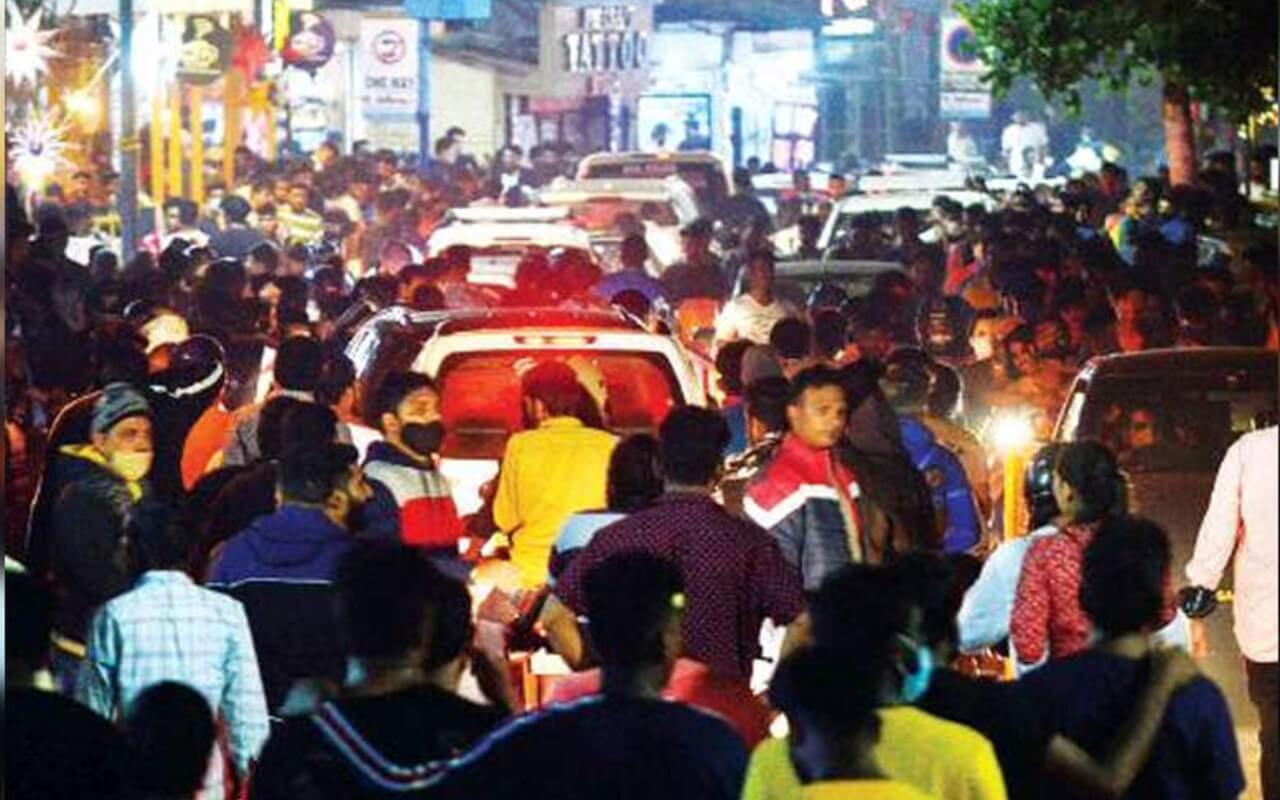Goa is a haven for tourists and almost everyone wants to visit Goa at least once in their lifetime. There are various reasons for this: some want to visit Goa for its serene beaches whilst others want to come to enjoy the vibrant nightlife.
Many people come for water sports and massages while others may want to visit the offshore casinos and try their luck at gambling. Whatever the reason, here are a few tips to help make your visit to Goa more memorable and tension free.
What is the best time to visit Goa?
The best time to visit Goa depends on your budget. If you have an unlimited budget, November to January is the best time to come but if you are on a slightly tighter budget, read on…
There is no doubt that Goa is best enjoyed in the month of December, with high crowds, Christmas celebrations and in the run-up to the New Year, but if crowds aren’t your thing, try to avoid November and December months otherwise you’ll be battling with some 2 million tourists for space!
Goa Miles, Goa’s First App Based Taxi Service
In high season, prices seem to sky-rocket, including flight costs and then accommodation costs. Hotels can increase their prices some 10-fold.

Restaurants, beach-shacks, and clubs are packed with foreigners and high-end Indian tourists making it more unaffordable. If you are looking for spending some quality time in a peaceful atmosphere then November and December is not the right time to visit. However, those seeking some quiet-time often travel south towards Patnem/Palolem instead of the busy north where prices remain leveled, beaches are quieter and there’s no real nightclub scene but instead, beach shacks put on some great Goan-trance or live music, creating that chilled out vibe one might be after.
Weather-wise, the best time to visit Goa is by end of Feb or the at the beginning of March with cool evenings and bearable daytime temperatures.
If your budget is even tighter or indeed if your holiday schedule doesn’t allow for in-season trips, Goa in the monsoons is magnificent with the entire state turning a luscious green colour and trees are oozing mangos in the sporadic rainfalls.
Where to Stay in Goa?
Accommodation is at the top of your list when planning any trip so naturally, you’ll need to budget in your hotel costs. You can pay Rs 20,000 for a comfortable stay per night in some places and upwards of Rs 60,000 for luxury-end resort stays. Let us take a look at how to plan to fit your budget.
Sol De Goa, Goa’s Boutique Property Situated in Calm and Serene atmosphere
Goa is broadly divided into four segments: the north coastal belt which is the most expensive, the south Goa coastal belt which is second in the line of costs, the main cities like Panaji and Margao and lastly the smaller cities and suburbs.

The North Goa coastal belt that stretches from Sinquerim to Arambol is supposed to be the most happening place in Goa and costlier than other places in the state. North Goa has all the big nightclubs in districts such as Baga, Anjuna and Calangute, five starts hotels and lots of activities to keep yourself busy.
Fern Kadamba, An Affordable Star Eco Hotel Situated at Old Goa
The second section is the south Goa coastal belt which spans from Bogmalo to Galgibaga coming in at the second most expensive places in Goa. You can also fill your boots with a cultural capital stay in Panjim, which is situated in the center of Goa where hotels start from around Rs. 2000 onwards. Indeed, many people prefer to go off the beaten track and stay in less busy cities such as Mapusa and Vasco which have more reasonable prices for hotel stays in Goa.
Hotel Fidalgo, Centrally located an Affordable Business and Leisure Property
Travel between the two main stretches is relatively easy, particularly now that the famous Atal Setu Bridge has been opened. Better still, if you stay in the middle of Goa, around Bogmalo in Vasco da Gama, you’ll have easy access to the busy North nightclub scene and the quiet, pristine beaches of the South. 5 Star hotels line the south Goa beaches from Arossim to Palolem with Majorda, Benaulim, Colva and Cavelossim in between.

Further south is Palolem, almost near the Karnataka border. The advantages of staying here or around here are the beautifully simple beach huts which are affordable and literally at the seafront.
The North Goa stretch is the most commercialized in Goa and so it means that it’s also expensive. However, there are some really lovely, slightly cheaper hidden gems in North Goa, a little away from the crowds, such as Anjuna, Vagator and further north to Morjim.
Where to Eat while you are in Goa?
Goa has rightly a reputation of having great food at great prices and in the off-season, you’ll find fantastic all-inclusive packages from the hotels. The restaurants and shacks across the whole of the state offer the best deals all year long with freshly cooked food and seafood to suit all budgets. Some shacks close during the monsoons due to the high tide but some remain open throughout the year.
Aunty Maria, a 24-hour coffee shop situated in Hotel Fidalgo in Panaji
There are many hundreds of popular restaurants in north Goa with chains across the state. Calangute, Candolim, Baga, Vagator, Anjuna, and Morjim have some well-known reputable names in the eating, drinking and dancing arena and they suit an array of budgets from street food to high-end fine dining.
The Spicy Family Restaurant and Bar, specialized in Goan Cuisine, Situated in Margao
Panaji also boasts some wonderful restaurants and fine dining joints with varying veg and non-veg dishes on offer as well as cuisines to suit Jain followers, those after an authentic Goan fish thali or even people on the hunt for Chinese/Thai food! You’ll be guaranteed the best, fresh seafood on the seafront shacks and the best of these are available in the south part of Goa.
What to do in Goa?
Clubs, markets, sunbathing, swimming, eating and drinking are all on to-do lists for those visiting the state. Saturday Night Market operates from November to March and is situated in Arpora, the Wednesday Anjuna Flea Market is open until the first rains of the monsoons and Baga boast the famous Titos Lane nightclubs. After a heavy night out, you can sun yourself on the hundreds of beaches, some secluded and some busy. For those wanting a little more of an adrenalin rush, water-sports company’s representatives will be happy to accommodate you in pretty much anything you can imagine to do in the sea from skydives to banana boat rides.

But this isn’t all there is to Goa. There’s a history here many people are not aware of. The Portuguese ruled here for many centuries and left behind a massive cultural legacy by way of some of the most incredible Churches and buildings.
You can find these in Panjim (Our Lady of the Immaculate Conception being the most famous), Margao and pretty much anywhere else. The Churches allow visitors outside of mass-time. Old Goa is the hub of those after some culture with overwhelming architecture and Church facades to exquisitely kept interiors, tombs, and crypts.
You can be depending on what year you visit, see the open glass casket of Francis Xavier in Basilica of Bom Jesus, which is opened up every ten years to the general public.
In Panjim, there are some simply wonderful little lanes in Fountainhas to take a wander down, where you can discover art galleries and hidden eateries. The homes are left behind from the Portuguese era and are so pretty you’ll want to stay longer!

Dudhsagar waterfalls are famous in Goa and although much easier to navigate during season-time, are also visited by monsoon trekking folk off-season when the paths are a little more treacherous but worth it when you see the cascading waters which literally look like milk, hence the name. On the way to the falls are several spice plantations where for a small fee, you can see how the spices we use in everyday cooking grow and can take some home, right from the tree! You can’t get more organic than that!
Goa has a wealth of culture, tradition and both day and nightlife in equal measure. You won’t get bored and people come back, again and again, to see more and more.


























3 thoughts on “Planning a Trip to Goa? Here Are Few Tips You Must Keep in Mind Before You Make Your Plans”
Amazing Article really happy to say it was an interesting post Information Is Asama. Thanks For Sheering. This Is Pradeep From Mysore To Coorg Cab .